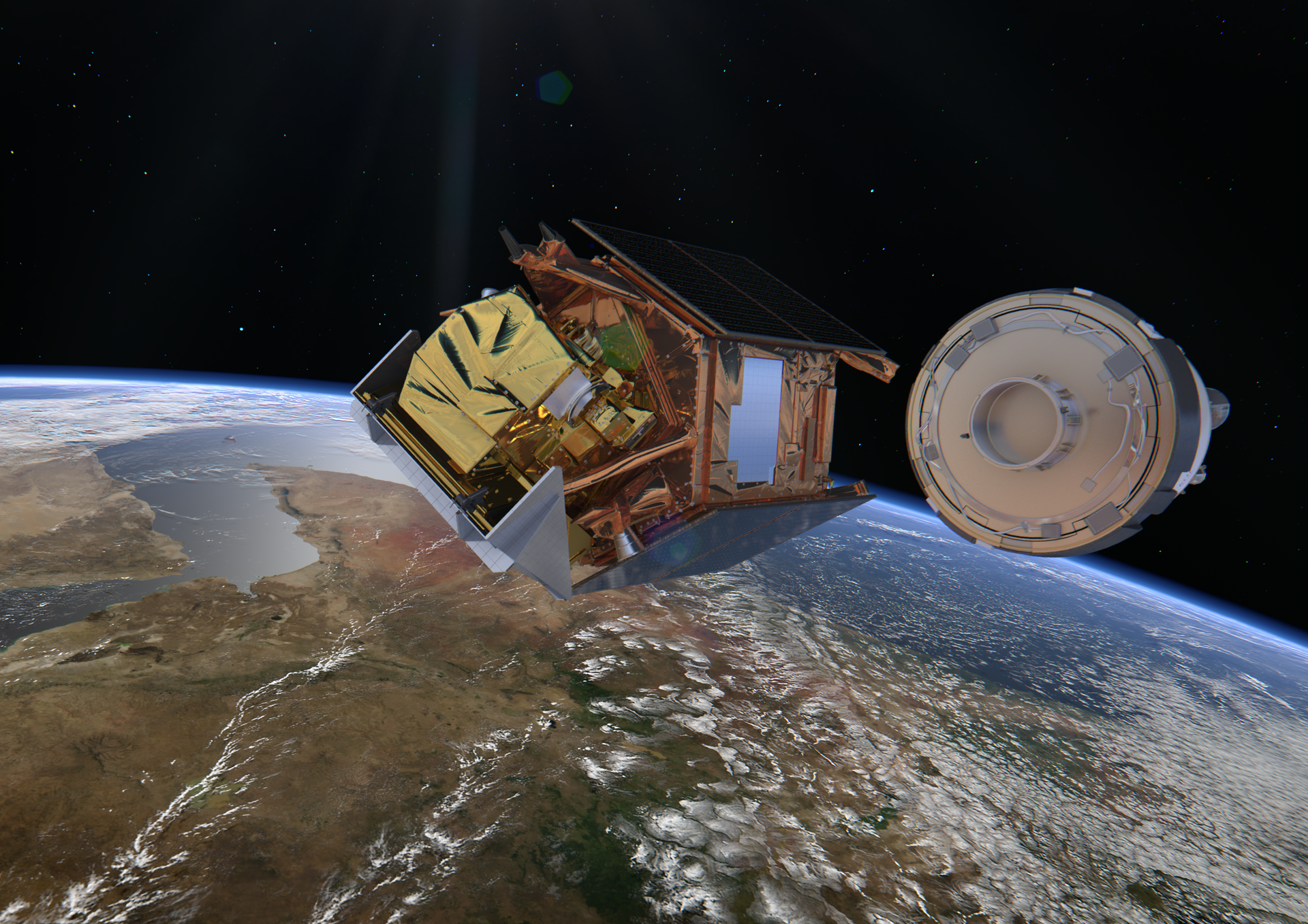Student applications now open for ESA’s first ESA Academy’s Space Systems Engineering Training Course
Space Systems Engineering is a crucial part of any successful space mission. Focussing on the “big picture”, Space Systems Engineers are tasked with considering user needs from project conception to delivery. Systems Engineering is a diverse topic, and has many synergies and crossovers with other disciplines – both traditional, such as mechanical and electrical engineering – and also fields such as project management and quality assurance.
To help prepare the next generation of Space Systems Engineers, ESA is looking for 30 highly motivated and enthusiastic university students to complete the first Space Systems Engineering Training Course, to be held from 6 – 9 November 2018 (four days) in ESA Academy’s new Training and Learning Facility (TLF) at ESA’s ESEC-Galaxia, Belgium.
During the four days, participating students will learn about the background and challenges of Space Systems Engineering, before delving into the roles of a Systems Engineer within ESA, and exploring the Systems Engineering process in detail. The course will also give students valuable insight into the systems approach to Verification and Validation, as well as the interactions with project management, including project planning and risk management.
The course has been developed by the ESA Education Office together with current and retired ESA staff members who have worked as Systems Engineers, or performed systems engineering roles on an array of high profile ESA missions. Throughout the course, these ESA experts will draw on their extensive knowledge of real ESA missions as examples and case studies. Students will be able to apply the knowledge they have learnt in a series of exercises, building up a mission concept!
Preliminary schedule:
| Preliminary schedule: | |
| Day 1: |
Scope and context of Systems Engineering What is Systems Engineering? How to represent a System The Space Programmatic Environment Tasks of a Systems Engineer |
| Day 2: |
Systems Engineering Process System Requirements How to define the architecture of a system, including trade-offs and specification Design of a space mission |
| Day 3: |
Development and Verification Approach Systems Engineering and Project Management |
| Day 4: |
Application of a real space project Process Management, Operations, and End of Missions |
Who can apply?

In order to participate, students must fulfil the following eligibility criteria at the time of application:
- be aged between 18 and 32;
- be a citizen of an ESA Member or Associate State;
- be enrolled as a full-time Bachelor (at least 3rd year), Master, or PhD student in a university (not graduating before the training course);
- have a solid mathematical and physics background;
- be studying for an engineering degree.
Exceptions may be made for students enrolled in a scientific degree with a minimum level of engineering and mathematical knowledge, and a clear interest in space engineering related activities.
The selected students will be sponsored by ESA. This will cover accommodation and meals, as well as up to 200 Euros for travelling to Transinne, Belgium.
Who can apply?
- Fill in the application form;
- Upload a motivation letter (PDF, maximum 1 page, no images);
- Upload a CV (PDF, in Europass format, maximum 2 pages);
- Upload a formal recommendation letter (PDF, maximum 1 page, including signature, no images) from a university professor or academic supervisor of current university;
- Upload a copy of academic records (PDF, in English, with the university stamp);
- All answers and documents should be in English (except academic records if not available).
The deadline for applications is 21 September 2018.
For more information, please contact esa.academy @ esa.int




